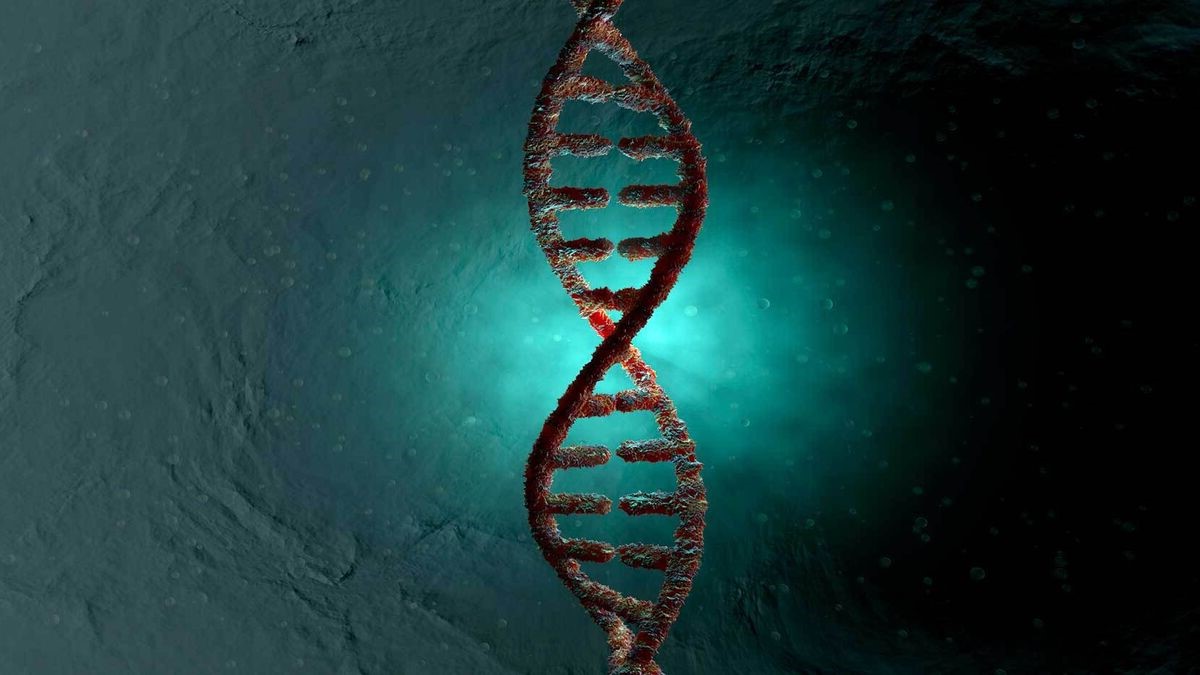
Ever wondered what makes you, well, you? What's the secret code behind every living organism on this planet? Nucleic acids hold the answer! These microscopic marvels are not just another science topic; they're the very blueprint of life. From the color of your eyes to the way your body fights off a cold, nucleic acids play a pivotal role. But hey, don't let the science jargon scare you off! We're about to break down 20 fascinating facts about nucleic acids that'll make you see them in a whole new light. Ready to get your mind blown by how these tiny structures shape the vast complexity of life? Let's dive into the world of DNA and RNA, where every sequence tells a story, and discover the incredible impact nucleic acids have on everything from genetics to medicine. Buckle up for a ride through the microscopic building blocks that make life possible!
What Are Nucleic Acids?
Nucleic acids are complex organic substances that are crucial for all known forms of life. They carry genetic information and are involved in the synthesis of proteins, playing a central role in the biology of cells. Two main types exist: DNA (deoxyribonucleic acid) and RNA (ribonucleic acid).
Key Functions of Nucleic Acids
- DNA stores genetic information that determines an organism's characteristics and directs its cellular activities.
- RNA is involved in protein synthesis, acting as a messenger between DNA and ribosomes to make proteins according to the genetic instructions.
The Structure of Nucleic Acids
Nucleic acids are made up of smaller units called nucleotides. Each nucleotide consists of a sugar molecule, a phosphate group, and a nitrogenous base. The sequence of these bases encodes genetic information.
DNA vs. RNA: What's the Difference?
- DNA contains the sugar deoxyribose, while RNA contains ribose. This difference in sugar molecules is critical for their functions and structures.
- DNA is typically double-stranded, forming a double helix structure, whereas RNA is usually single-stranded.
Historical Discovery of Nucleic Acids
- Friedrich Miescher first identified nucleic acids in 1869, calling them "nuclein" since they were discovered in the nuclei of cells.
The Role of Nucleic Acids in Genetic Inheritance
- Nucleic acids are responsible for the transmission of genetic information from parents to offspring, ensuring that children inherit traits from their parents.
Nucleic Acids and Evolution
- Variations in nucleic acid sequences are the basis of genetic diversity and evolution. Mutations can lead to new traits that may give an organism a survival advantage.
Nucleic Acids in Modern Medicine
- Nucleic acid technology has led to groundbreaking medical advances, including genetic testing, gene therapy, and vaccines like those developed for COVID-19.
The Future of Nucleic Acid Research
- Scientists are exploring the use of nucleic acids in nanotechnology and synthetic biology, potentially leading to new ways to treat diseases and understand life at a molecular level.
Nucleic Acids and the Origin of Life
- Some theories suggest that RNA, due to its ability to store and transmit genetic information and catalyze chemical reactions, might have been the first form of life on Earth, predating DNA.
Nucleic Acids in Forensic Science
- DNA profiling, made possible by understanding nucleic acids, has become a powerful tool in forensic science, helping to solve crimes and exonerate the innocent.
Nucleic Acids and Biotechnology
- Genetic engineering techniques, which rely on manipulating nucleic acids, have revolutionized agriculture, producing crops that are more resistant to pests and diseases.
The Impact of Nucleic Acids on Society
- The study of nucleic acids has not only advanced our understanding of biology but also raised ethical, legal, and social questions, particularly regarding genetic privacy and modification.
Nucleic Acids in the Environment
- Researchers are using nucleic acid-based methods to monitor biodiversity and detect pathogens in water and soil, offering new ways to protect ecosystems.
Nucleic Acids and Nutrition
- Understanding the role of nucleic acids in metabolism and health is leading to better dietary recommendations and nutritional supplements aimed at improving health and longevity.
Nucleic Acids in Space Exploration
- Scientists are studying nucleic acids to understand how life might arise on other planets and whether Earth's life could survive in extraterrestrial environments.
The Complexity of Nucleic Acids
- The vast diversity of nucleic acid sequences within and among species is a testament to the complexity of life and the intricate mechanisms that support it.
Nucleic Acids and Education
- Education about nucleic acids and genetics is becoming increasingly important, equipping future generations with the knowledge to make informed decisions about their health and the environment.
Nucleic Acids and Global Health
-
Nucleic acid research is crucial for developing new vaccines and treatments for global health challenges, including emerging infectious diseases and cancer.
-
As research continues, the potential of nucleic acids to solve some of humanity's most pressing problems becomes ever more apparent, highlighting the importance of continued investment in this field.
A Final Glimpse at Nucleic Acids
Nucleic acids, DNA and RNA, are the building blocks of life, encoding the genetic instructions for the development and functioning of all living organisms. Their discovery has revolutionized biology, medicine, and forensic science, offering insights into genetic diseases, evolution, and the molecular basis of life. Techniques like PCR and CRISPR-Cas9, which rely on understanding nucleic acids, have opened new frontiers in genetic engineering, disease treatment, and biotechnology. As research advances, our grasp of these molecules continues to deepen, promising even more groundbreaking applications. From the mysteries of heredity to the potential for curing genetic disorders, nucleic acids hold keys to many of science's most pressing questions and challenges. Their study not only enriches our knowledge of the biological world but also paves the way for innovations that could transform our future.
Was this page helpful?
Our commitment to delivering trustworthy and engaging content is at the heart of what we do. Each fact on our site is contributed by real users like you, bringing a wealth of diverse insights and information. To ensure the highest standards of accuracy and reliability, our dedicated editors meticulously review each submission. This process guarantees that the facts we share are not only fascinating but also credible. Trust in our commitment to quality and authenticity as you explore and learn with us.


